
The daunting exterior of the St. Nicholas Coal Breaker.
In rural eastern Pennsylvania, the coal-rich soil blackens boots, pantlegs, elbows, and faces, covering the densely packed row houses of Mahanoy City with a dingy gray patina. Coal production is still plugging along here, but the lifeblood of this industry town has slowed to a trickle since the 1920s, and the population has followed suit, thinning out to a quarter of its peak residency, back when a few belts of precious anthracite coal 400 million years in the making transformed this backwoods region into a flourishing center of industry. Around a bend on a back road, thousands of shattered window panes gape like jack o’ lantern teeth from the old St. Nicholas Coal Breaker, which has stood for 50 years as a haunting reminder of the town’s better days.
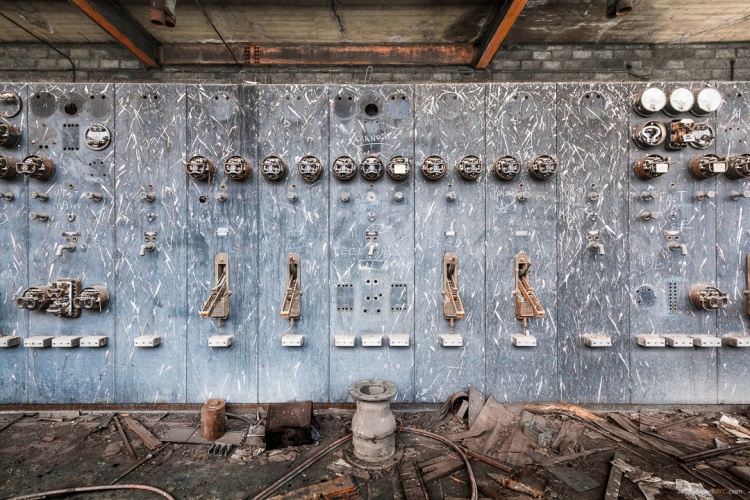
A control room was crawling with hundreds of ladybugs and streaked with white bird droppings.
The region’s coal deposits were first discovered in the late 1700s and the mining industry quickly grew to dominate the area. Soon, the onset of the industrial revolution spurred the region into a mining frenzy, fueled by an influx of European immigrants who settled in the years following the Civil War. The coal found in this corner of Pennsylvania was of the rare “anthracite” variety, which was prized for its purity, burning longer than other types. It’s no wonder they call it “black diamond.” On the grounds of St. Nicholas, where surface mining still goes on, the coal underfoot gives off an iridescent gleam.
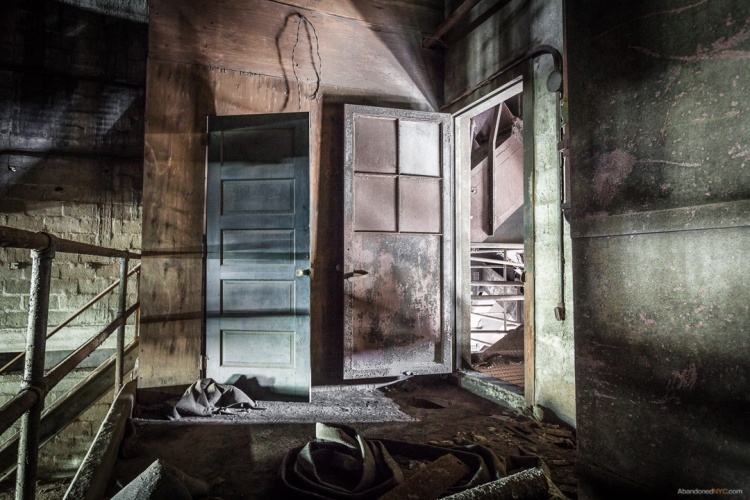
A dark corridor on the plant’s second floor gives way to views of the rail yard.

Old work boots have been lovingly arranged by previous visitors to the “boot room.”
The St. Nicholas Breaker was constructed in 1930 on the site of the St. Nicholas Colliery, which earned its name when it first opened on Christmas Day in 1861. That structure was torn down to make way for the new St. Nick, which was the largest coal breaker in the world at the time. With 3,800 tons of steel and a mile and a half of conveyer lines, the monumental machine was capable of churning out 12,500 tons of coal in a single workday.
Raw coal was imported from a number of local mines, where the material was cleaned and crushed before being shipped to St. Nicholas’ storage yards. Here, it awaited an eight story journey up a vertiginous conveyor belt, where it would commence its wild ride through the breaker. It took 12 minutes for the material to pass through the many industrial processes housed inside the plant to prepare the coal for consumption. Demand steadily decreased though the 1950s as alternative energy sources grew in popularity, and the breaker closed down in 1963 after thirty years of production. Ten years later, it was replaced by a modern facility located a half-mile away.

Enormous “hoppers” funneled coal through the breaker.
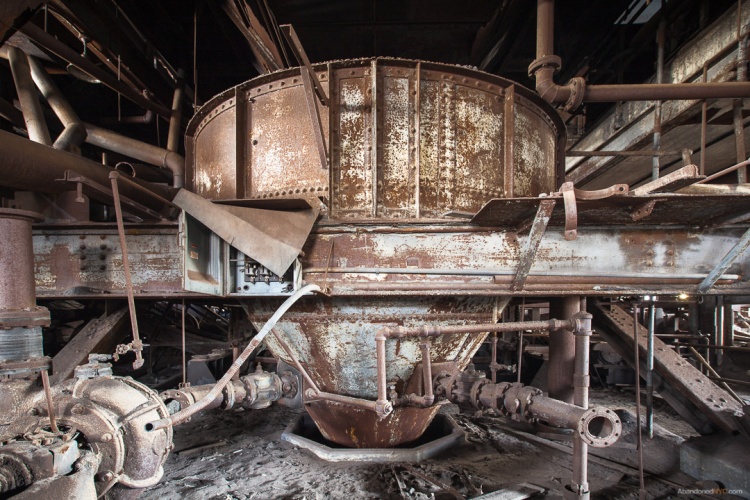
The factory was constructed with 3,800 tons of steel.

Wooden molds left on the top floor were used to manufacture new parts for the plant.
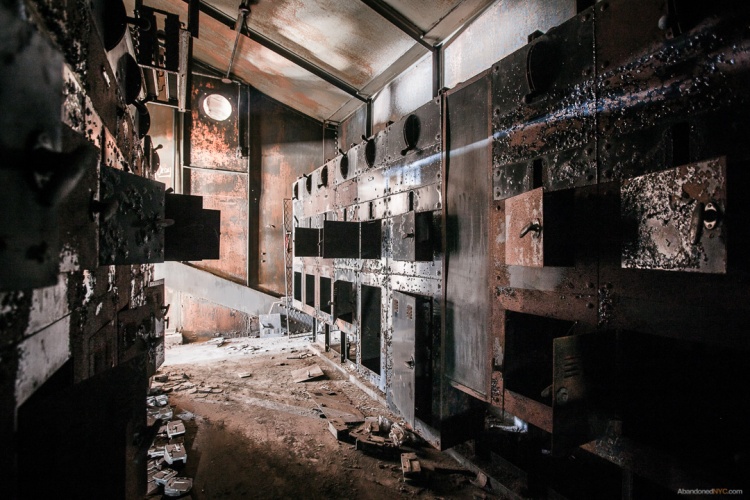
A dimly lit control room is situated near the end of a gigantic conveyor.
Fifty years on, the interior is surprisingly untouched and structurally sound, with very little graffiti to speak of. Its construction is dizzyingly complex, leaving the untrained eye to marvel at its design without fully comprehending the vast labyrinth of tightly packed machinery. Sadly, this awe-inspiring piece of history may not be long for this world. Partial demolition has already claimed a hefty wing of the structure, and it’s unclear how long the rest of the breaker will remain standing.

Coal dust covers the interior of the St. Nicholas Breaker in Mahanoy City, PA.
When the wind bellows through the St. Nicholas Breaker, ancient drifts of airborne coal dust sting the eyes, clog the throat, and powder the hair, catching the light to lovely effect, if you can stomach the black lung… Back home in Brooklyn I wasted no time getting into the shower to scrub off the day’s dirt, pondering the depth of history in all things. Fossilized remains of Paleozoic plant life pooled at my feet in black clouds, wrenched from the bowels of the earth only to languish in an abandoned factory for half a century and wind up here, spiralling down my bathtub drain to new frontiers. Later that night, I reached for a tissue and winced as a fresh deposit of grade-A anthracite coal expelled from my nose in a thick black mucus. It seemed that a part of St. Nicholas would stay with me forever.

A shaft of light materializes as dust drifts through the breaker at day’s end.
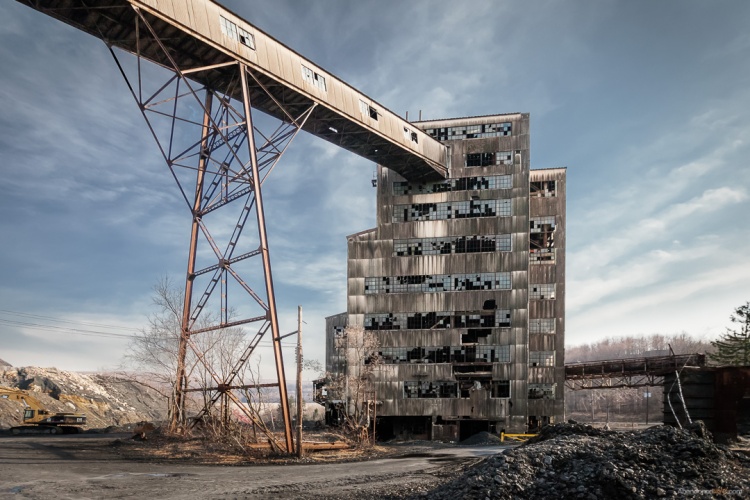
The remains of the St. Nicholas Coal Breaker.

St. Nick was located within the southern section of Pennsylvania’s anthracite coal region.

The St. Nicholas Coal Breaker photographed in 1971.
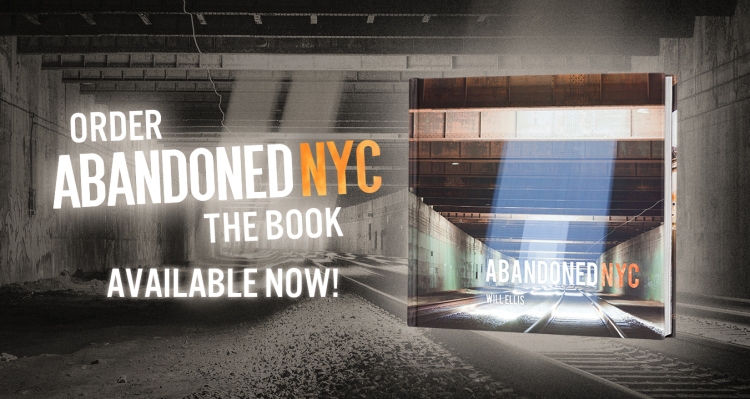

Thanks for your beautiful, haunting historical photo shoots, I really enjoy them. This one made me think back on my family’s history – immigrant Lithuanians working in the coal mines in PA. My grandfather quit and moved to the slaughter factory, probably saved him from black lung.
LikeLike
Posted by Karen Mann | 4-16-14., 7:06 pmThank you for coming to PA. A native of Brooklyn
LikeLike
Posted by Alice C. Frink | 4-16-14., 7:31 pmThanks, Will, it is always worth waiting for your next post. Fantastic photos and interesting narrative about St. Nicholas….many thanks.
LikeLike
Posted by Frank | 4-16-14., 7:59 pmI agree with Frank’s comment. Will’s post’s are always well worth waiting for, excellent writing, excellent photography. Very passionate person, engaging journalism**
Nonie
LikeLike
Posted by Nonie Ava Ault | 4-17-14., 10:29 amsome of theses photos are just fantastic. the lighting situation seemed to be just perfect on that day….
it would be great to see some of these published in a book!
thanks for exploring!
LikeLike
Posted by Linda | 5-9-14., 10:46 amFantasitc, as always……
LikeLike
Posted by Raechelle | 5-16-14., 1:37 pmYoung boys were employed in the breakers to pick slate out of the moving coal, exposing them to dangerous levels of coal dust.
LikeLike
Posted by Andrew | 10-23-14., 4:23 pmI just went there today, actually! Exploration excursion with four friends. It’s a shame that it’s being torn down.
LikeLike
Posted by Niko | 11-16-14., 11:40 pmI took a trip to this place today ( 1-24-2015) I’m sad to report the main building is being demolished. The whole back of the coal break has been tore down so has the first floor. At the rate they are moving I would guess it will be fully dismantled by summers end 2015.
It is no longer remotely safe to enter. There is loose metal everywhere and I would not trust the integrity of any walkways or floors.
Sad to see this go.
Here is a video I took while there.
LikeLike
Posted by Jeremy | 1-24-15., 4:15 pmThanks for the report Jeremy, I was actually about to head there. Thanks for the heads up.
LikeLike
Posted by Deejay | 1-25-15., 4:11 pmMy husband, Richard Cramer, took his Urban Landscape Painting class to the breaker for many years. There are hundreds of students from Tyler School of Art who have been there and done paintings of the breaker and the surrounding towns. The class stayed in the Yuengling mansion in Pottsville.
LikeLike
Posted by Carol Markel | 2-5-15., 10:08 amThe photos are so vivid I can almost – so very nearly – smell what the locations must be like.
LikeLike
Posted by Moose | 4-20-15., 7:19 pm